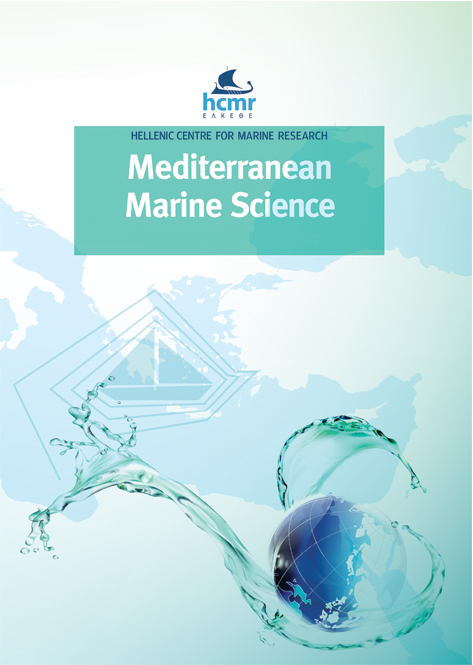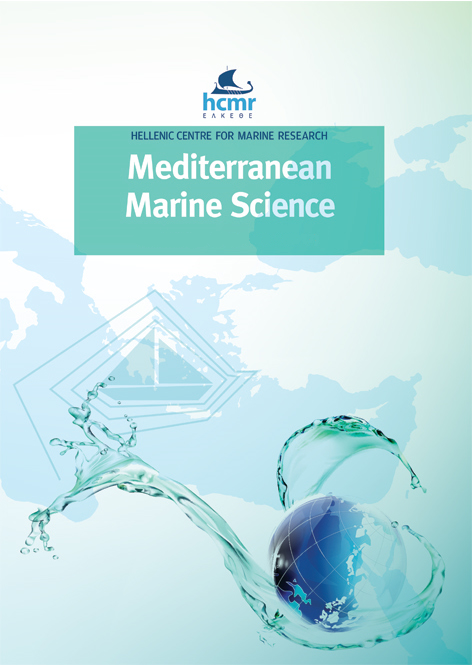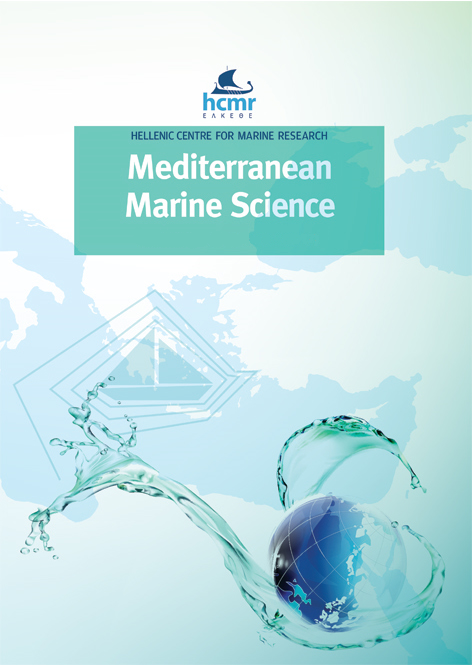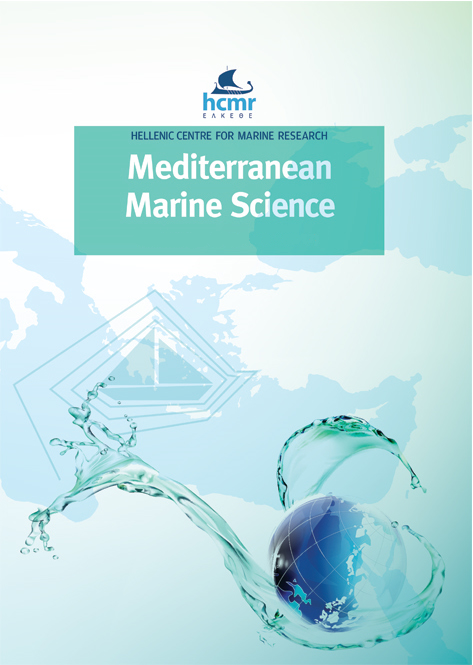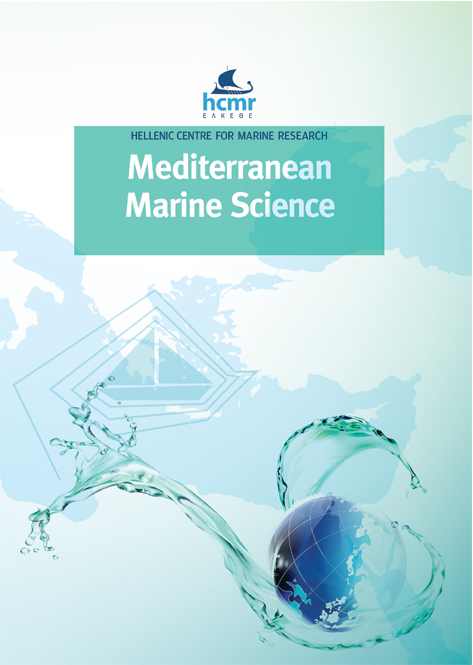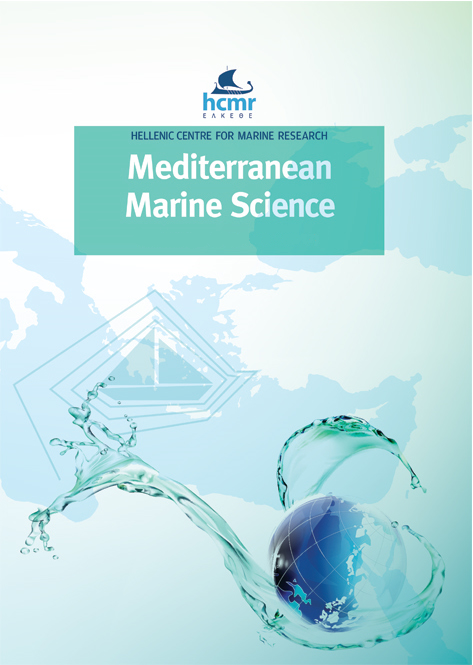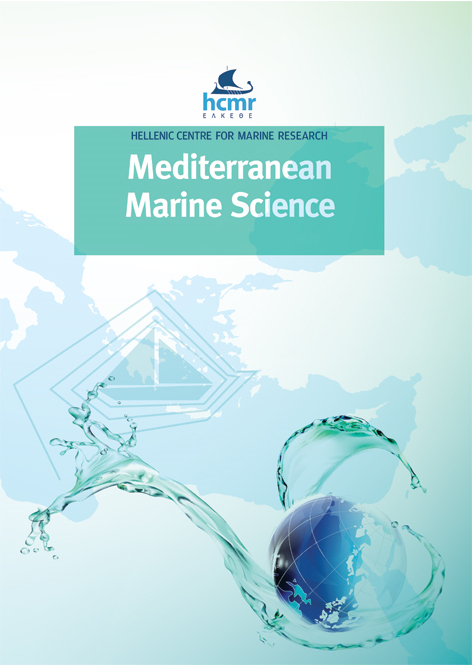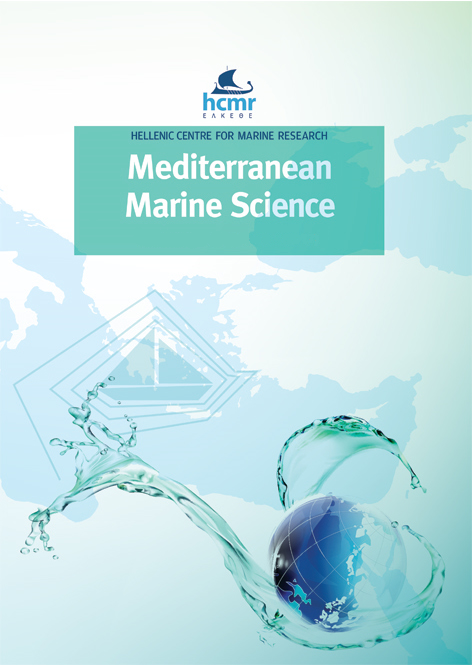Scientific collaboration for early detection of invaders results in a significant update on estimated range: lessons from Stenothoe georgiana Bynum & Fox 1977
Abstract
Detection of new non-indigenous species is often delayed when taxa are taxonomically challenging, such as small-sized marine organisms. The present study highlights the relevance of scientific cooperation in the early detection of the invader amphipod Stenothoe georgiana. Originally described from North Carolina (USA), the species was recently found in Chile and the Western Mediterranean. Here, we provide the first record of the species in Macaronesia, Atlantic coasts of continental Europe, North Africa and Australia, and extend its known distribution along the Mediterranean coast. Just like other small crustaceans, shipping (both ballast water and recreational boating) and aquaculture are probably the main vectors of introduction and secondary spread for this amphipod species. This case of S. georgiana sheds light on the importance of promoting taxonomical knowledge, and building multidisciplinary networks of experts that ensure an effective diessemination of alien species information. We also encourage the implementation of standardized monitoring methodologies to facilitate early detection of small mobile invaders.
Article Details
- Zitationsvorschlag
-
MARTÍNEZ-LAIZ, G., ROS, M., GUERRA-GARCÍA, J. M., MARCHINI, A., FERNÁNDEZ-GONZÁLEZ, V., VAZQUEZ-LUIS, M., LIONELLO, M., SCRIBANO, G., SCONFIETTI, R., FERRARIO, J., ULMAN, A., COSTA, A. C., MICAEL, J., POORE, A., CABEZAS, P. M., & NAVARRO-BARRANCO, C. (2020). Scientific collaboration for early detection of invaders results in a significant update on estimated range: lessons from Stenothoe georgiana Bynum & Fox 1977. Mediterranean Marine Science, 21(2), 464–481. https://doi.org/10.12681/mms.22583
- Ausgabe
- Bd. 21 Nr. 2 (2020)
- Rubrik
- Research Article
Authors who publish with this journal agree to the following terms:
- Authors retain copyright and grant the journal right of first publication with the work simultaneously licensed under a Creative Commons Attribution Non-Commercial License that allows others to share the work with an acknowledgement of the work's authorship and initial publication in this journal.
- Authors are able to enter into separate, additional contractual arrangements for the non-exclusive distribution of the journal's published version of the work (e.g. post it to an institutional repository or publish it in a book), with an acknowledgement of its initial publication in this journal.
- Authors are permitted and encouraged to post their work online (preferably in institutional repositories or on their website) prior to and during the submission process, as it can lead to productive exchanges, as well as earlier and greater citation of published work (See The Effect of Open Access).

